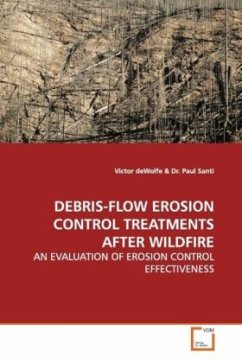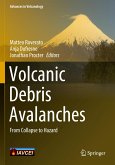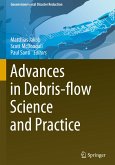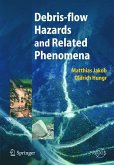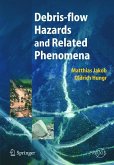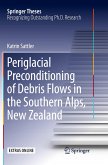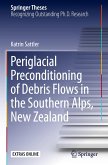Erosion control techniques such as seeding, mulching
and installation of log erosion barriers (LEBs) are
popular methods for reducing erosion of hillslope
material from steep terrain burned by wildfire.
These types of erosion control can reduce dry ravel
and the erosive power of runoff induced by
precipitation on bare burned slopes. The heavy
runoff produces frequent rilling and sheetwash
erosion, which conveys water and fine soil material
to the main channel, both of which are integral to
debris-flow initiation and increases in volume
through sediment bulking. Often the three treatment
techniques are used in combination to achieve
optimal erosion control. However, the methods by
which the treatments are applied, and the relative
concentrations applied must be optimized for
effective erosion control in a particular area.
and installation of log erosion barriers (LEBs) are
popular methods for reducing erosion of hillslope
material from steep terrain burned by wildfire.
These types of erosion control can reduce dry ravel
and the erosive power of runoff induced by
precipitation on bare burned slopes. The heavy
runoff produces frequent rilling and sheetwash
erosion, which conveys water and fine soil material
to the main channel, both of which are integral to
debris-flow initiation and increases in volume
through sediment bulking. Often the three treatment
techniques are used in combination to achieve
optimal erosion control. However, the methods by
which the treatments are applied, and the relative
concentrations applied must be optimized for
effective erosion control in a particular area.

